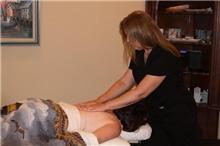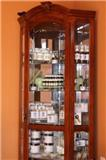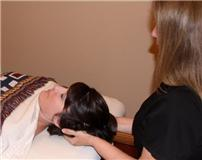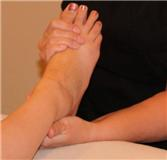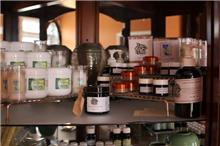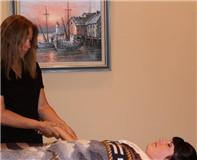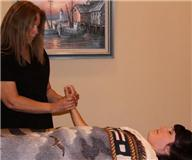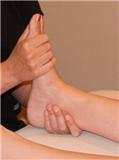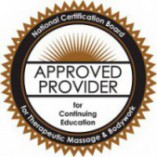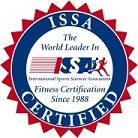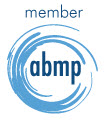Benefits of Massage
Improved Circulation, Healthier Skin
With age, circulation slows and skin loses its vitality. Experts say massage combats these effects by increasing circulation through the manipulation of tissue, improving the appearance of tissue, improving the appearance and condition of the skin and its elasticity, and toning muscle tissue. Massage has a stimulating cellular function in the hypodermis, dermis, and epidermis layers of the skin and also increases the production of skin-nurturing sebum.
Soothing the Pain
Pain is a constant source of grief for an aging body, especially if that body has been abused over time through excess and neglect. Yet, it’s never too late to make amends with your physical self. The passive movement in massage keeps joints more mobile and stimulates the synovial fluid, which lubricates the joints and nourishes the articular cartilage. Massage also prompts the release of endorphins and other pain-reducing neurochemicals.
Massage for Arthritis
Experts predict that one-third of Americans will get arthritis as they age, yet most sufferers may not think of massage when they start to explore which therapies might ease their pain. While it is doubtful an arthritic joint can “heal” completely with massage, it can feel better. And for an arthritis sufferer, better is a welcome word, particularly when there are no side effects involved.
According to the Arthritis Foundation, an increasing number of doctors are recommending massage to their arthritis patients to help relieve the pain and stiffness caused by their disease. Massage can increase circulation around painful joints, bringing healing oxygen and nutrients, including amino acids, to rebuild tissue. Many massage therapist report that their arthritic clients find better and longer-lasting relief from massage than from pharmaceuticals.
Immunity and Stress
Did you know that the majority of disease we encounter today is associated with stress? Not only that, stress is a huge factor in premature aging of the body. Researchers say chronic stress ages the body, weakens immune cell function, and can make cells appear up to 17 years older than they really are. Massage deftly attacks stress, while boosting the immune system.
Massage encourages the release of oxytocin, a stress-reducing hormone in the body most often associated with birth and bonding, and activiates the parasympathetic nervous system and its relaxation response. Massage also decrease beta brainwave activity, increases dopamine and serotonin levels in the body, and reduces cortisol levels, all of which are linked to decreased stress.
A Powerful Ally
There’s no denying the power of bodywork. Regardless of the adjectives we assign to it (pampering, rejuvenating, therapeutic) or the reasons we seek it out (a luxurious treat, stress relief, pain management), massage therapy can be a powerful ally in your healthcare regimen.
The incredible benefits of massage are doubly powerful if taken in regular “doses.” Professionals at the Touch Research Institute at the University of Miami explain the more massage you get, the greater benefits you reap. Here’s why:
Experts estimate that upwards of ninety percent of disease is stress-related. And perhaps nothing ages us faster, internally and externally, than high stress. While eliminating anxiety and pressure altogether in this fast-paced world may be idealistic, masssage can, without a doubt, help manage stress. This translates into:
- Decreased anxiety.
- Enhanced sleep quality.
- Greater energy.
- Improved concentration.
- Increased circulation.
- Reduced fatigue.
- Arthritis sufferers note fewer aches and less stiffness and pain.
- Asthmatic children show better pulmonary function and increased peak air flow.
- Burn injury patients report reduced pain, itching, and anxiety.
- High blood pressure patients demonstrate lower diastolic blood pressure, anxiety, and stress hormones.
- Premenstrual syndrome sufferers have decreased water retention and cramping.
- Preterm infants have improved weight gain.
- Alleviate low-back pain and improve range of motion.
- Assist with shorter, easier labor for expectant mothers and shorten maternity hospital stays.
- Ease medication dependence.
- Enhance immunity by stimulating lymph flow—the body’s natural defense system.
- Exercise and stretch weak, tight, or atrophied muscles.
- Help athletes of any level prepare for, and recover from, strenuous workouts.
- Improve the condition of the body’s largest organ—the skin.
- Increase joint flexibility.
- Lessen depression and anxiety.
- Promote tissue regeneration, reducing scar tissue and stretch marks.
- Pump oxygen and nutrients into tissues and vital organs, improving circulation.
- Reduce postsurgery adhesions and swelling.
- Reduce spasms and cramping.
- Relax and soften injured, tired, and overused muscles.
- Release endorphins—amino acids that work as the body’s natural painkiller.
- Relieve migraine pain.







